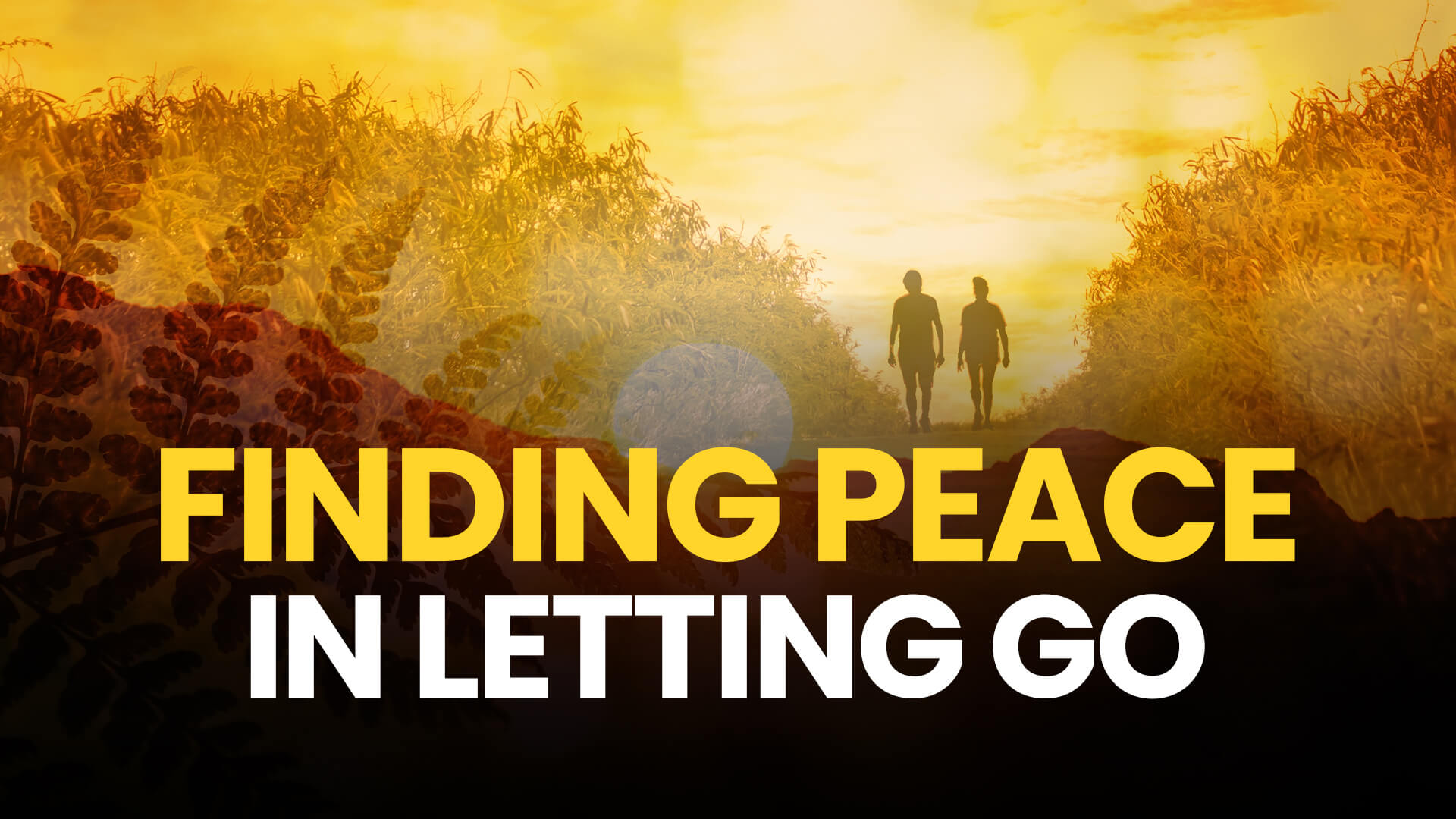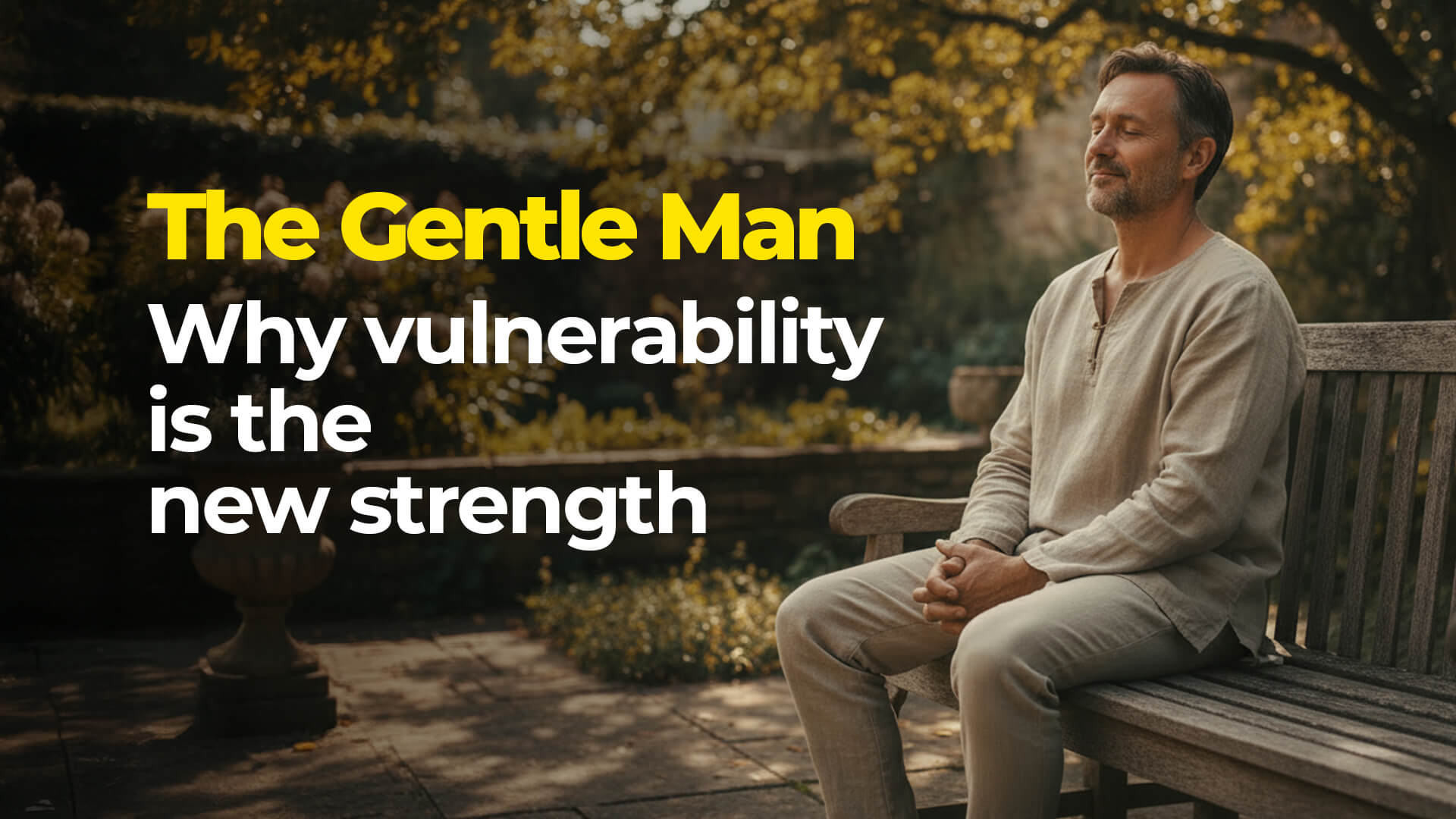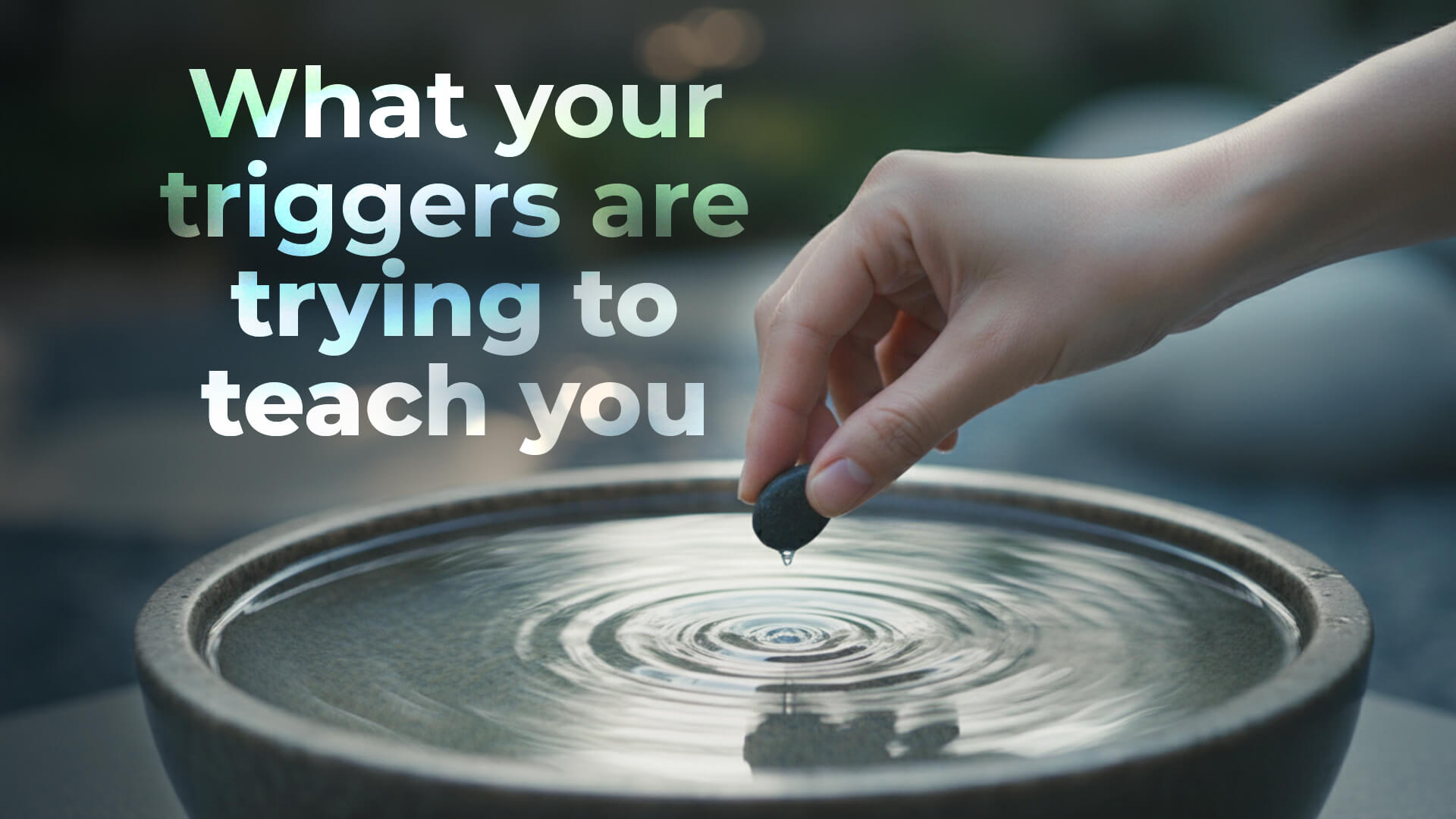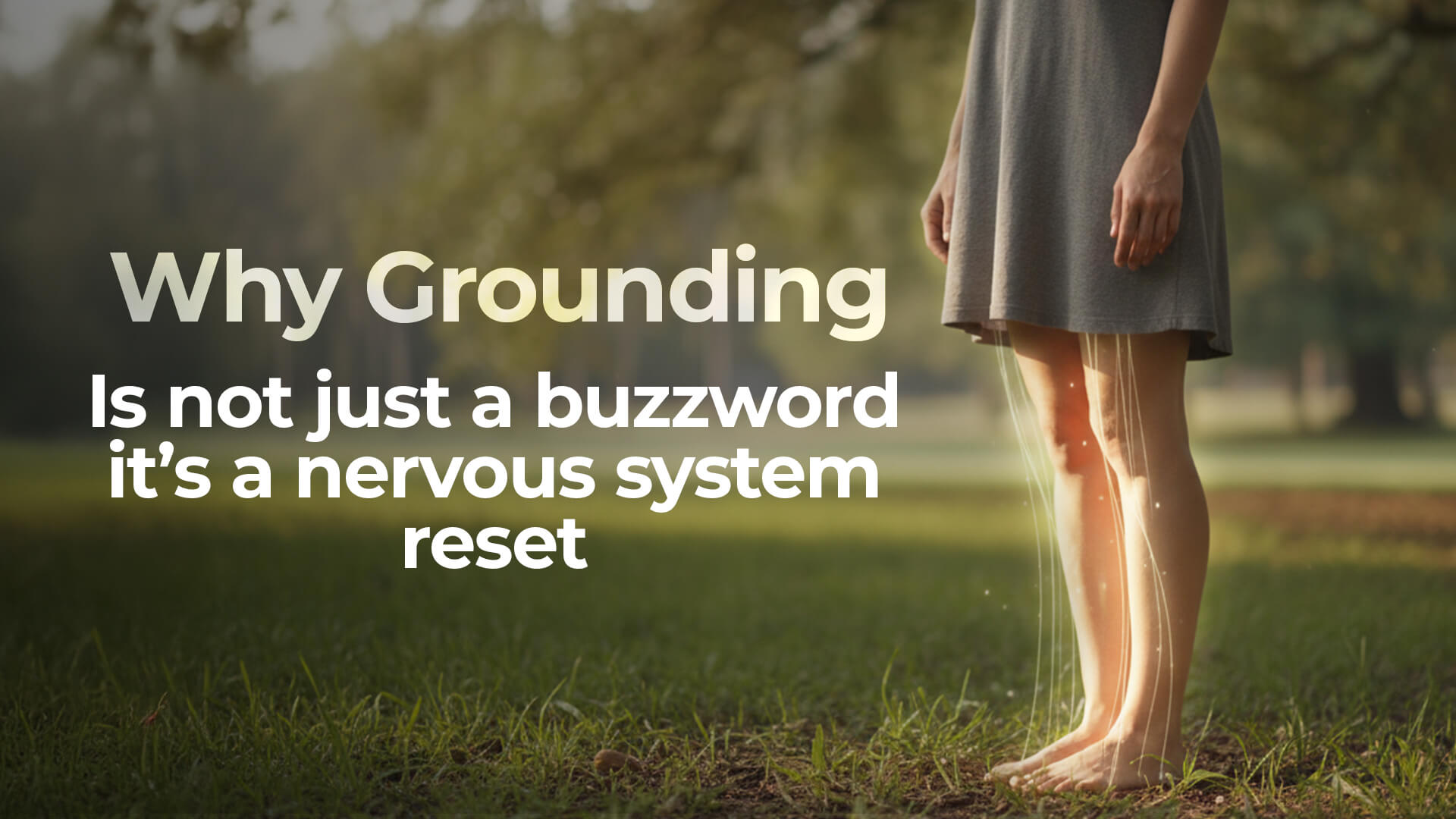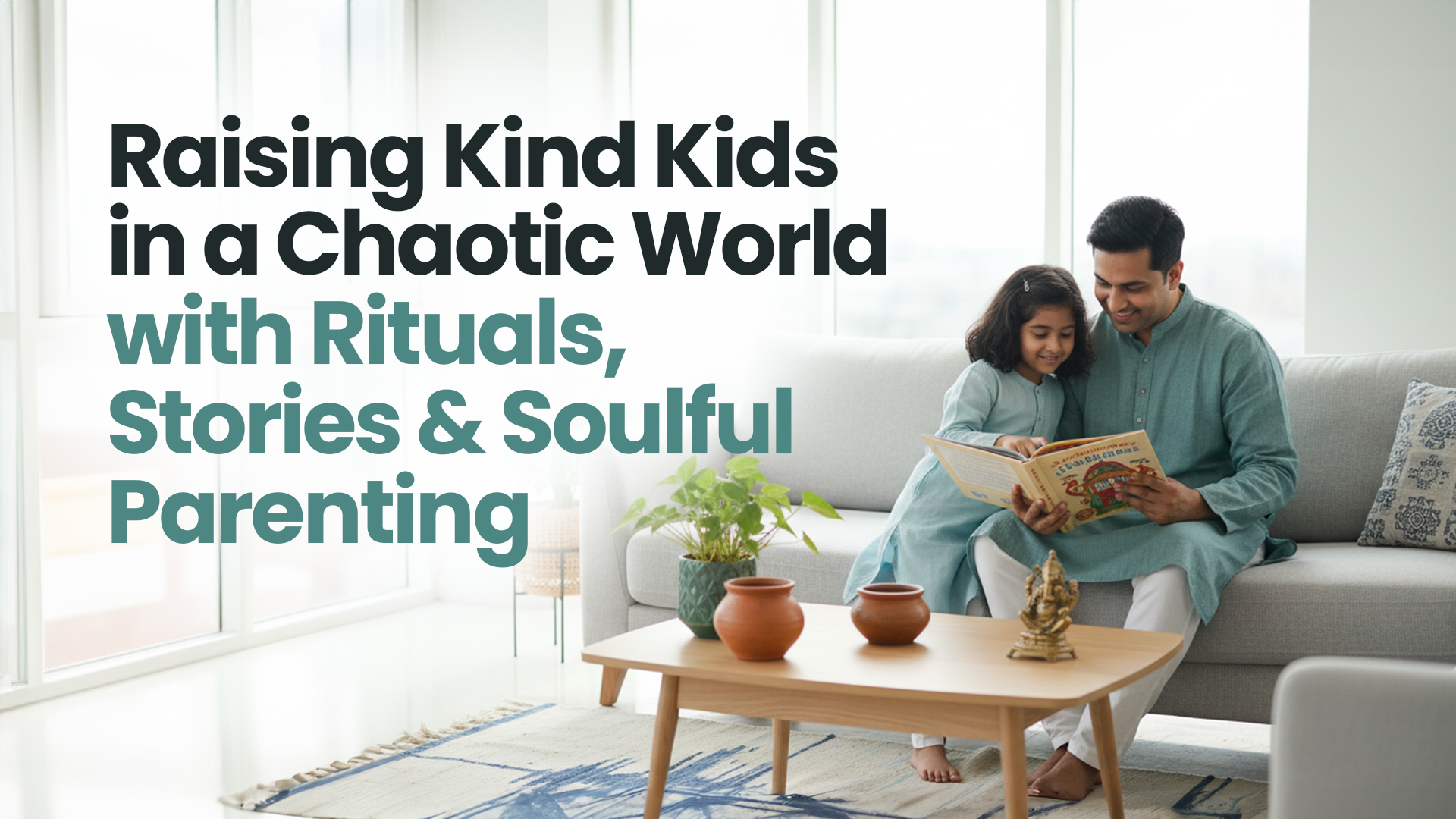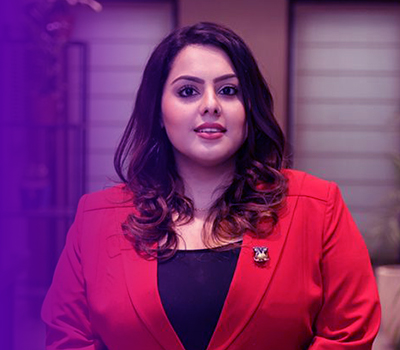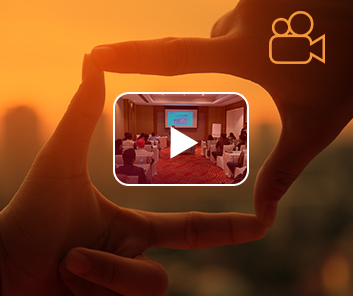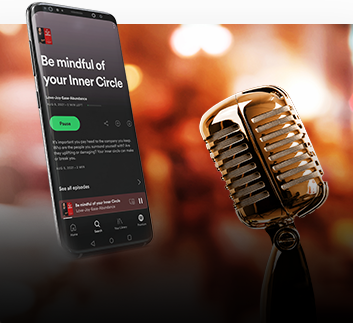Letting go is often misunderstood. People think it means giving up or not caring, but in truth, it is the opposite. Letting go is choosing peace over control, clarity over chaos, and trust over constant struggle. It is not about losing, but about making space for what is meant for you. We hold on because it feels safe, whether it’s to old pain, broken relationships, or unrealistic expectations. But holding on too tightly drains us. True freedom comes when we learn that peace often begins where attachment ends.
Why Letting Go Feels Hard
Letting go is not natural for most of us. Our minds are wired to cling, clinging to people, habits, or beliefs, even when they no longer serve us. These reasons are deeply human. But they also trap us in cycles that stop us from growing.Common reasons include,
- Fear of uncertainty. We prefer the familiar, even if it causes us pain.
- Attachment to identity. We confuse letting go with losing who we are.
- Hope for change. We believe holding on will eventually fix things.
- Emotional investment. The more time and energy we’ve spent, the harder it feels to release.
What Letting Go Really Means
Letting go doesn’t mean forgetting or pretending something never mattered. It means releasing the need to control outcomes. It means accepting that certain chapters have closed and choosing not to carry their weight into the future.At its core, letting go is about creating space for healing, for new opportunities, for a lighter way of living.
Signs You’re Holding on Too Tightly
Sometimes we don’t even realize how much we’re carrying. Ask yourself,
- Do I replay old conversations or situations over and over?
- Do I stay in relationships or environments that drain me?
- Do I resist change, even when I know it’s needed?
- Do I find it hard to forgive, including myself?
- Do I feel restless when I imagine moving on?
If these sound familiar, it may be time to loosen your grip.
The Peace That Comes with Letting Go
When you release what no longer serves you, you don’t lose, you gain. Peace comes not from having everything under control, but from trusting that you don’t need to.
- Mental clarity. Less noise in your head, more space for new thoughts.
- Emotional relief. Carrying less pain and resentment.
- Inner freedom. Not being tied to outcomes you cannot control.
- Energy for growth. Redirecting effort toward what supports your well-being.
Practical Ways to Practice Letting Go
- Acknowledge the weight. Notice what you’re holding onto and how it affects your daily life. Naming it reduces its power.
- Challenge your beliefs. Ask yourself, ‘Is holding on really serving me, or is it keeping me stuck?’
- Create rituals of release. Write down what you want to let go of and burn or tear the paper. Simple rituals send powerful signals to the mind.
- Shift focus on to the present. Engage in activities that bring you back to the present moment, such as breathing exercises, walking, or mindful movement.
- Allow emotions to surface. Letting go often stirs grief. Give yourself permission to feel sadness, anger, or relief instead of suppressing them.
- Trust small steps. Start with one small release at a time, a habit, a thought, or an expectation. Each release builds confidence.
When Letting Go Feels Impossible
Sometimes what we hold on to is tied to trauma, long-standing patterns, or deep emotional bonds. In such cases, support helps. Therapy, healing practices, and safe conversations can create the guidance and reassurance needed to loosen that grip. Letting go doesn’t have to be done alone.
Letting Go Is Not Weakness
Many people mistake letting go for weakness. They believe strength means holding on at all costs. In reality, it takes more strength to release than to cling.When you let go, you’re not quitting; you’re choosing yourself. You’re making space for healing, for rest, and for new possibilities. That is where real courage lies.
Frequently Asked Questions
Q1. Does letting go mean I stop caring?
A: No. It means you stop trying to control what’s outside your power. You can still care deeply while releasing the struggle.
Q2. Why does letting go feel so painful at first?
A: Because the brain equates familiarity with safety. Even unhealthy attachments feel “normal,” so breaking them triggers discomfort before relief sets in.
Q3. How do I know if I’ve really let go?
A: You’ll notice less emotional charge. Thoughts of the person or situation won’t dominate your mind or drain your energy as much as before.
Q4. Can letting go improve relationships?
A: Yes. By releasing control, resentment, or unrealistic expectations, you allow relationships to grow in healthier, more authentic ways.
Q5. What if I let go and regret it later?
A: Letting go doesn’t erase your choices; it frees you from carrying what no longer fits. If something belongs in your life, it will return in a healthier form.
Q6. Is forgiveness the same as letting go?
A: Not always. Forgiveness is one form of letting go, but sometimes it’s simply releasing control, expectations, or attachment without needing to excuse what happened.
Letting go isn’t about forgetting or walking away from what mattered. It’s about choosing peace over struggle and trust over control. Each release creates space for clarity, healing, and growth. In the end, letting go is not about loss; it is about returning home to yourself.
Reach Dr. Chandni’s support team at +918800006786 and book an appointment.

